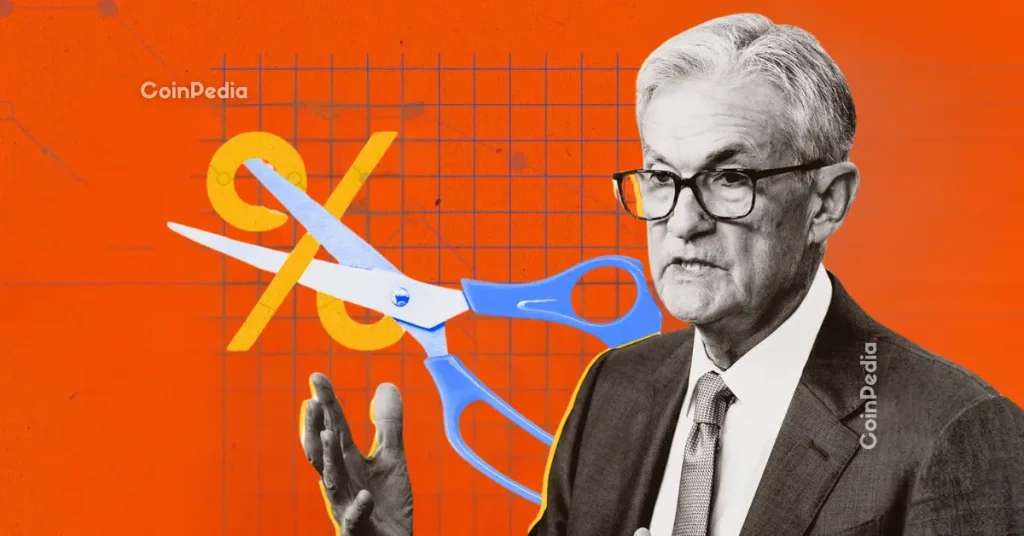Bitcoin’s drop below $90,000 has forced traders to reassess how they approach the market. The month-long slide erased all of Bitcoin’s 2025 performance and sharply contrasted with expectations following October’s highs near $126,000. Renewed uncertainty around interest-rate policy, spot ETF outflows and sustained liquidation pressure intensified the decline, removing more than $1 trillion from total crypto market capitalization. Liquidity remained thin even during brief rebounds, revealing how fragile directional trading has become in late-2025.
More than $19 billion in liquidations since early October highlighted a different issue: retail participation fell rapidly, while institutional ETF holders largely maintained exposure. With nearly a billion dollars in leveraged positions erased in a single day, the market delivered the strongest evidence yet that volatility-driven strategies are losing their reliability. Traders seeking consistent returns are now gravitating toward structures that generate yield from protocol activity rather than speculative appreciation — a shift that has pushed XRPL-native DeFi into focus.
Why Smart Money Reduces Exposure to Pure Price Action During Stress Cycles
This latest stretch of turbulence exposed a weakness that has been building throughout the year. Trading-heavy portfolios fail when volatility spikes without clear catalysts, and macro-driven markets have repeatedly demonstrated how quickly both retail and institutional positioning can unwind.
Large treasuries and hedge funds now favor systems where value accrues from throughput, fees and verifiable economic activity. Bitcoin’s decline underscored this preference. Markets fueled by leverage will always destabilize quickly; markets fueled by revenue tend to withstand stress far more effectively. This rotation toward stability aligns with the rise of staking ecosystems that avoid synthetic emissions and derive returns from real demand.

XRP Tundra sits directly inside this trend — and its relevance has grown sharply following confirmation that a major institution has begun acquiring the project, accelerating its roadmap and confirming a December 15 launch. As part of the acquisition, the institution approved one final 48-hour retail window at $0.01, the last chance for non-institutional participants before the transition to institutional pricing. Each entry includes both ecosystem tokens: TUNDRA-S for execution and TUNDRA-X for governance.
Crypto Sister recently covered this rotation, noting that revenue-backed platforms are absorbing capital leaving unstable Bitcoin trading strategies.
Real Yield vs Synthetic Yield: Why Capital Is Moving Toward XRP Tundra
The search for dependable yield has intensified scrutiny on staking systems. Many XRP-branded “staking” schemes in earlier cycles relied on token inflation, recycled deposits or opaque treasury flows. These models collapsed rapidly during periods of stress because their rewards lacked economic backing.
XRP Tundra addresses that flaw with a fully revenue-based structure. Cryo Vault rewards derive exclusively from:
– swap and liquidity-routing fees
– lending and derivatives volume
– cross-chain bridge activity
– Frost Key NFT revenue
– treasury functions that permanently lock TUNDRA-X
Both ecosystem tokens are hard-capped, and no minting functions exist. Returns scale with activity — not inflation — mirroring the proven real-yield frameworks of platforms like GMX and Gains Network. As more investors conduct due diligence, many begin with the search is XRP Tundra legit, where they encounter the full verification stack demonstrating audited contracts, transparent revenue flows and a hard-coded architecture with no administrative control keys.
How XRP Tundra’s Cryo Vaults Convert Market Instability Into Predictable Returns
The rotation toward yield-heavy models is a direct response to unstable trading conditions. Tundra’s Cryo Vaults transform ecosystem activity into predictable returns, offering XRP holders a non-custodial path to long-horizon compounding without exposure to liquidation cascades or macro-driven volatility.

As network usage expands across swaps, lending and cross-chain flows, vault rewards rise proportionally. This offers a structural counterweight to Bitcoin’s volatility — one built on participation, not speculation. Tundra also integrates anti-dump liquidity mechanics through DAMM V2, ensuring that early trading remains stable and minimizing the risks that destabilized earlier XRP-focused yield experiments.
Why This Rotation Aligns With the Bull Thesis for XRP Tundra’s 2026 Expansion Cycle
The move toward revenue-backed yield coincides with a broader XRPL expansion narrative. Ripple’s settlement volumes continue rising, the ETF environment is maturing and the XRPL EVM sidechain is preparing to unlock more complex applications. These developments position 2026 as one of the network’s most significant expansion windows to date.
XRP Tundra sits at the center of that progression.
- TUNDRA-S, deployed on Solana, powers high-speed execution for DeFi workflows.
- TUNDRA-X, on the XRP Ledger, governs treasury reserves and the cross-chain mechanics that drive GlacierChain — the upcoming XRPL-aligned Layer-2.
With hard-capped supply, audited infrastructure and revenue-driven token economics, the ecosystem provides a structurally sound foundation for the next stage of XRPL growth. As Bitcoin volatility reshapes the market, capital is rotating toward platforms that provide sustainable performance rather than unstable speculation.

Secure the final $0.01 allocation before the 48-hour window closes and prepare for Tundra’s December 15 launch.
Buy Tundra Now: official XRP Tundra website
How To Buy Tundra: step-by-step guide
Security and Trust: Cyberscope audit
Join the Community: X/Twitter
















 English (US)
English (US)